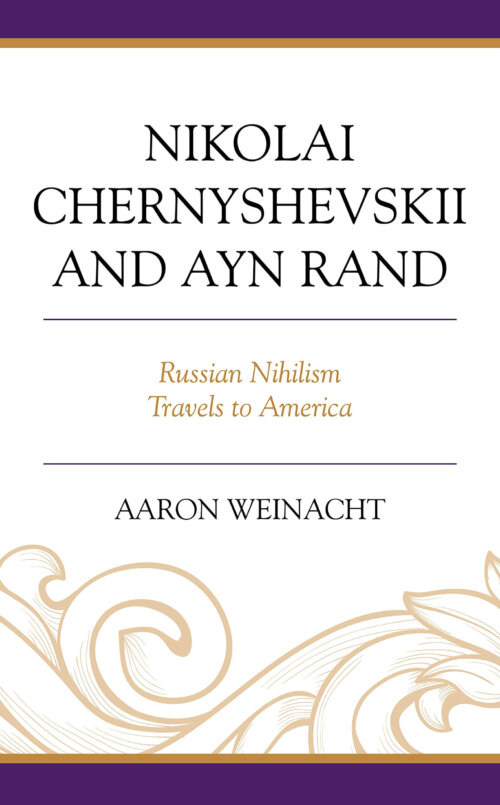Was Ayn Rand Nothing More Than a Nihilist? A Review of Aaron Weinacht’s “Nikolai Chernyshevskii and Ayn Rand: Russian Nihilism Travels to America”

Aaron Weinacht. Nikolai Chernyshevskii and Ayn Rand: Russian Nihilism Travels to America. Lanham: Lexington Books, 2021.




